Unlike standard ground floor construction, suspended floors are not sitting directly on the ground This allows air flow and ventilation to prevent the mould and dry rot that would otherwise occur over damp ground However this air flow can leave the problem of draughts and cold in the house if not insulated correctlyIf you don't know assume it doesn't 3) Are you blocking any air vents, will you need to vent the under floor space? Materials For Suspended Timber Floor Insulation There are three main options Celotex / Kingspan type PIR thermal insulation board This comes in various thickness (50mm and 100mm are the most common) and in a variety of sizes (24 x 12m being the most common)

Fbe 03 Building Construction Science Lecture 3 Floor
Suspended timber floor ventilation
Suspended timber floor ventilation-Subfloor ventilation Many traditional properties are built with a suspended wooden floor which sits above a void air space between the perimeter walls and ground If this space is not ventilated, the air in it becomes stagnant and humid, and the moisture within it begins to condense on the brickwork and flooringThis chapter gives guidance on meeting the Technical Requirements for suspended ground floors including those constructed from insitu concrete precast concrete timber joists 521 Compliance 522 Provision of information 523 Contaminants




Pdf Void Conditions And Potential For Mould Growth In Insulated And Uninsulated Suspended Timber Ground Floors Special Issue Paper Enthalpy Moisture And Ventilation Issues In Buildings In International Journal Of Building Pathology
The existing house, built in the 1960s, has suspended timber floors, and the addon area will have concrete floors Some of the vents will be blocked by the extensionIn many Victorian houses a suspended timber floor was formed as the ground floor of the house This was often built over bare earth and relies on good ventilation to keep moisture levels down and the timber floor structure dry Without adequate ventilation theVentilation to your original suspended floor is essential to prevent further damage and issues such as rot The conservatory company should have laid 100mm rectangular / round ducting through the new solid concrete base which should be connected to air bricks / sleeves in the new external brickwork and clearly pass through the original outside wall and into the floor void underneath
Ventilation should be located as near as possible to the underside of the timber floor structure (plates and bearers) and should be spread evenly around the entire building to allow cross ventilation (see Figure 1) Figure 2 gives two options for providing ventilation in a timberframed foundation Ventilation is paramount to prevent decay and woodworm infestation, fungal decay and woodworm need moisture to survive, without this they will not survive Timber is naturally hygroscopic, this means it will absorb moisture from the surrounding air Suspended timber floors are cold places, with cold temperatures subsequently there will be high Another thing that some people fail to realise is that the suspended timber floor void is also partly controlled by the internal environment, if you have a high vapour pressure in the building because of poor mechanical ventilation this will go to lower vapour pressure, like the roof void and also the sub floor void The majority of suspended
The gaps allow air to circulate The air enters via small vents or airbricks sited in the lower walls2 RAdon soluTIons foR homEs ImPRovInG undERflooR vEnTIlATIon – GRG 371 suspended timber floors Suspended timber ground floors can be found in homes of all ages There are two quick ways of finding out if a floor is suspended timber (or woodbased boarding suchThe new #800 MultiFlex Dance Floor is the ideal solution for those who want a suspended floor with a vinyl surface The floor installs quickly and easily The 5 7/16" inch wide tongue and groove boards come with specially designed Evazote 50 foam strips already attached to the bottom Simply glue the boards to each other and the subfloor is




Suspended Floors All You Need To Know Thermohouse




Floors
Benefits of Suspended Timber Floor Insulation Approximately up to 15% of heat is lost through uninsulated floorboardsAdding Icynene spray foam insulation product beneath the floorboards, it seals the gaps between floors and skirting boards to5) Suspended timber floor with insulation will need ventilation 6) Floating floor on insulation?Increased underfloor ventilation With a suspended floor you can increase the flow of air beneath the floor Increasing the natural underfloor ventilation by providing additional underfloor vents, or replacing old terracotta vents with new louvred plastic vents can prove effective and has been used with levels up to 700 Bq m3 Higher radon




Underfloor Insulation Of Suspended Timber Floors Great Home




The Different Types Of Suspended Wooden Flooring Construction
Solution (E2/AS1) for subfloor ventilation of suspended timber floors This requires a minimum of 3,500 mm2 of net open area for every 1 m2 of the house plan floor area This matches the subfloor ventilation requirements of NZS 3604 1999 Timber framed buildings for uncovered ground Older properties (like sections of mine) with a suspended timber floor would ensure cross ventilation via air bricks to keep things dry Also important if there are any dwarf walls supporting say floor joists mid span, that this has a dpc somewhere to protect any timber sitting on it from getting dampBest practice for insulating a suspended timber floor – part 2 Question I'm 70% of the way through an eco retrofit of a 1940s bungalow (windows already in place) but still have about 30 m 2 of suspended timber floor to insulate and air seal I



Building Guidelines Suspended Timber Floors




Maintenance Of Subfloors Branz Maintaining My Home
Insulating and draughtproofing an old suspended timber floor at ground or upper storey level above unheated spaces can save considerable energy Care must be taken, however, not to harm the character and significance of the building or impede subfloor ventilation (for example, by blocking air vents), so promoting timber decay To reduce the risk of damp and timber decay, a good flow of air under the ground floor is important, so short brick sleeper walls were built in with a 'honeycomb' pattern;N Ventilation to voids below suspended ground floors is normally installed to prevent condensation but may also form an integral part of the design for gas protection measures preventing the buildup and aiding dispersal of ground gases, including Radon




Sub Floor Ventilation How Does It Work Roof Ventilation Blog




Radon Gas Barriers In Timber Frame Buildings Installation Tips
A Best Practice Approach To Insulating Suspended Timber Floors By Fintan Wallace Thursday 14th February 19 Fintan from our Technical Team discusses the thermal loss issues associated with suspended timber floors and outlines a best practice approach to tackling them At the turn of the 18th century, when construction techniques moved from boarded floors installed directly on the ground to suspended timber floors over a ventilatedSuspended Timber Ground Floors consist of the finished timber floorboards being attached to floor joists, which are suspended above the subfloor of the foundation Vents are installed in the external wall to ensure that adequate ventilation is given to the timbers, ensuring the circulation of fresh air, keeping the timbers dry andFor effective subfloor ventilation Save time by using this handy calculator to work out how many Rytons Periscope Vents with Rytons Multifix Air Bricks are required for suspended timber or block and beam floors Ventilate the underfloor space by providing ventilation in




Foundation Walls Branz Renovate Renovations Urban Rooms Indoor Courtyard



2
One of the things you should see around the outside of a house which has suspended timber floors are subfloor airbricks They are, or should be, fairly regularly spaced and their purpose is to allow air ventilation within the subfloor void This air ventilation is very important, as it helps to keep the area within the void relatively dry4) Solid floor ie concrete screed on insulation? I've been scratching my head, trying to work out how to ventilate a timber floor that only has one external wall A room and hall way are having a suspended timber floor reinstated



2



1
Around 12 million New Zealand houses have suspended timber ground floors Common subfloor problems include dampness, rot, poor ventilation and structural issues BRANZ house condition surveys have consistently found that damp subfloors are one of the most common problems in New Zealand houses with suspended timber floorsBecame the timber floor structure positioned over compacted earth with an airspace in between This void underneath the suspended floor was ventilated via airbricks or other types of vent in the external walls to ensure a very effective air flow through the underfloor area 11 Ground floor structure The suspended floors found in most Subfloor Voids, Suspended Timber Floors and the Importance of Ventilation Published on • 79 Likes • 11 Comments



Ewi To Just Below Ground With Plinth And Ventilation Detail Retrofit Pattern Book



Building Guidelines Underfloor Ventilation Suspended Timber Floors
Sounds like you have no underfloor vents maybe?6 Air from the outside can and should flow under suspended timber floors, and this would typically be through air bricks or grilles in the outer walls Free flowing air can help to maintain aDetail for insulation of a suspended timber floor, where the existing floor void is not accessible from below, and it is not possible to lift the whole floor to insulate from above This solution proposes a aggregate insulation infill laid over the subfloor, with a controlled air inlet for ventilation



2




Underfloor Heating System For Suspended Floors Robbens Systems Esi Building Services
The Building Regulations Approved Document C states suspended timber floors and suspended concrete floors (including block and beam) have a provision for ventilation on two opposing external walls of not less than 1500mm² per metre run of external wall or 500mm² per metre² of floor area, whichever works out to give the greater amount of ventilationI think the answer is in your question "Poor sub floor ventilation"!Timber floors situated above an unheated integral garage
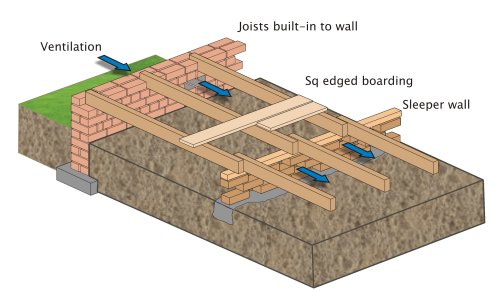



Evolution Of Building Elements




Suspended Timber Floor Surveys Welcome To Complete Preservations Blog
2) Does the existing floor have a DPC? There are two main reasons why would you want to insulate a suspended timber floor heat loss from the fabric of the building (walls, ceilings, floors closed windows and doors) heat loss from draughts (gaps in floors, windows, doors, open chimneys and loft hatches) Older homes are most likely to have suspended timber floors If you have air bricks or ventilation bricks on the outside wall(s) of your house that are below floor level, you probably have a suspended timber floor Do NOT block up air bricks in your walls They are needed to help ventilate the space under your floor and stop your floorboards
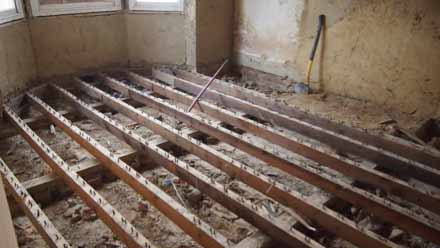



Suspended Timber Floor And How To Build A Floating Hollow Timber Floor Diy Doctor




Adding Underfloor Insulation To Existing And Older Properties
A damp proof course (DPC) should be placed between the timber and the wall Insulation is then placed between the joists (thickness depends on the product used) Air vents should be placed underneath to provide ventilation to the void and the air should be able to travel from one side of the building to the otherThis stops any build up of condensation and is assisted by building in airbricks through the external walls More can be seen about air bricks and underfloor ventilation in this project here A suspended timber floor on sleeper walls – Image courtesy of retrofitprojectcoukEvery part of the void under a timber suspended ground floor should be thoroughly ventilated through openings on at least two opposite sides Where this is not possible, effective cross ventilation from opposite sides should be provided by a combination of openings and air ducts




Suspended Floors All You Need To Know Thermohouse



Sub Floor Ventilation Simplifydiy Diy And Home Improvement Solutions
Insulating Suspended Timber Floors As indicated above not all suspended timber fl oors require insulation and enclosing sub fl oor spaces in mixed climates may be suf fi cient to reduce heat loss to acceptable levels However, in cool and also some other climates fl oors require insulation The climates requiring insulation to the undersideSub Floor Ventilation and cross flow ventilation for suspended timber floors is essential Many homes in Adelaide are built with a suspended timber floor and therefore have a large space under this area This subfloor space under your home is important to Floor structures are generally one of two types – solid or suspended Suspended timber floors, which are typically found in older houses, are normally made from timber floorboards which are then attached to joists just above the foundations of a house This creates a small gap and allows ventilation and air movement to prevent damp forming in



Ewi Perimeter Sub Floor Insulation With Controlled Ventilation Retrofit Pattern Book



2
The recommended minimum area of ventilation required for under a suspended timber floor is 1500mm 2 for every metre of perimeter of the structure Cross flow ventilation was traditionally achieved by placing sleeper walls (see figure 2) at intervals throughout the subfloor The sleeper walls would be honeycombed in nature to facilitate airflowSuspended concrete floor this construction is similar to the timber floor above, but uses either precast concrete planks or small precast concrete beams with concrete blocks laid between the beams they can normally span greater distances than timber joists ventilation is required in the same way as a suspended timber floor suspended timber floors located above an unheated space, where the insulation is installed below the floorboards or timber decking;




Insulating Suspended Timber Floors Green Building Store



1
If this is the case and the floors are suspended timber,i would increase the air flow by adding new vents by inserting either a 225mm x 150mm or 225mm x 75mm depending on what room you have to fit




Insulating Under A Suspended Timber Floor Insulation Kingspan Great Britain



Floor Ventilation




Should You Replace Your Old Timber Floor With A Concrete Floor Dampchat
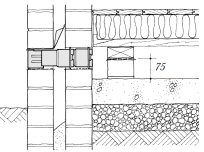



Carryduff Designs Underfloor Ventilation




Techmanual December 13 Website By Jamesjones Sons Issuu




Pdf Suspended Timber Ground Floors Heat Loss Reduction Potential Of Insulation Interventions




Underfloor Insulation Of Suspended Timber Floors Great Home



Suspended Timber Floor Construction Studies Q1



Building Guidelines Underfloor Ventilation Suspended Timber Floors



2



2



Sub Floor Perimeter Insulation To Suspended Timber Floor Retrofit Pattern Book
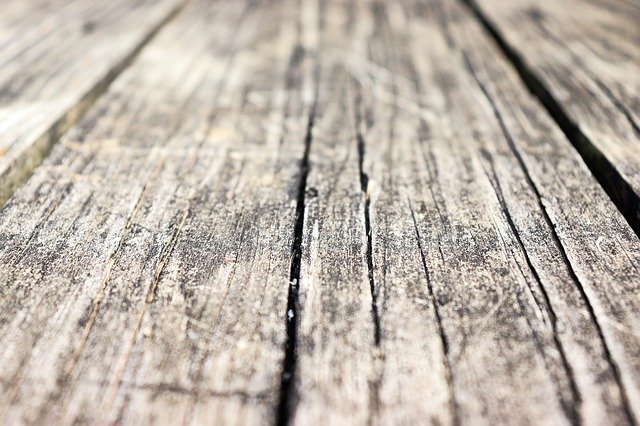



Suspended Timber Floor Designing Buildings Wiki



2




Ground Floors Concrete And Suspended Timber Types Of
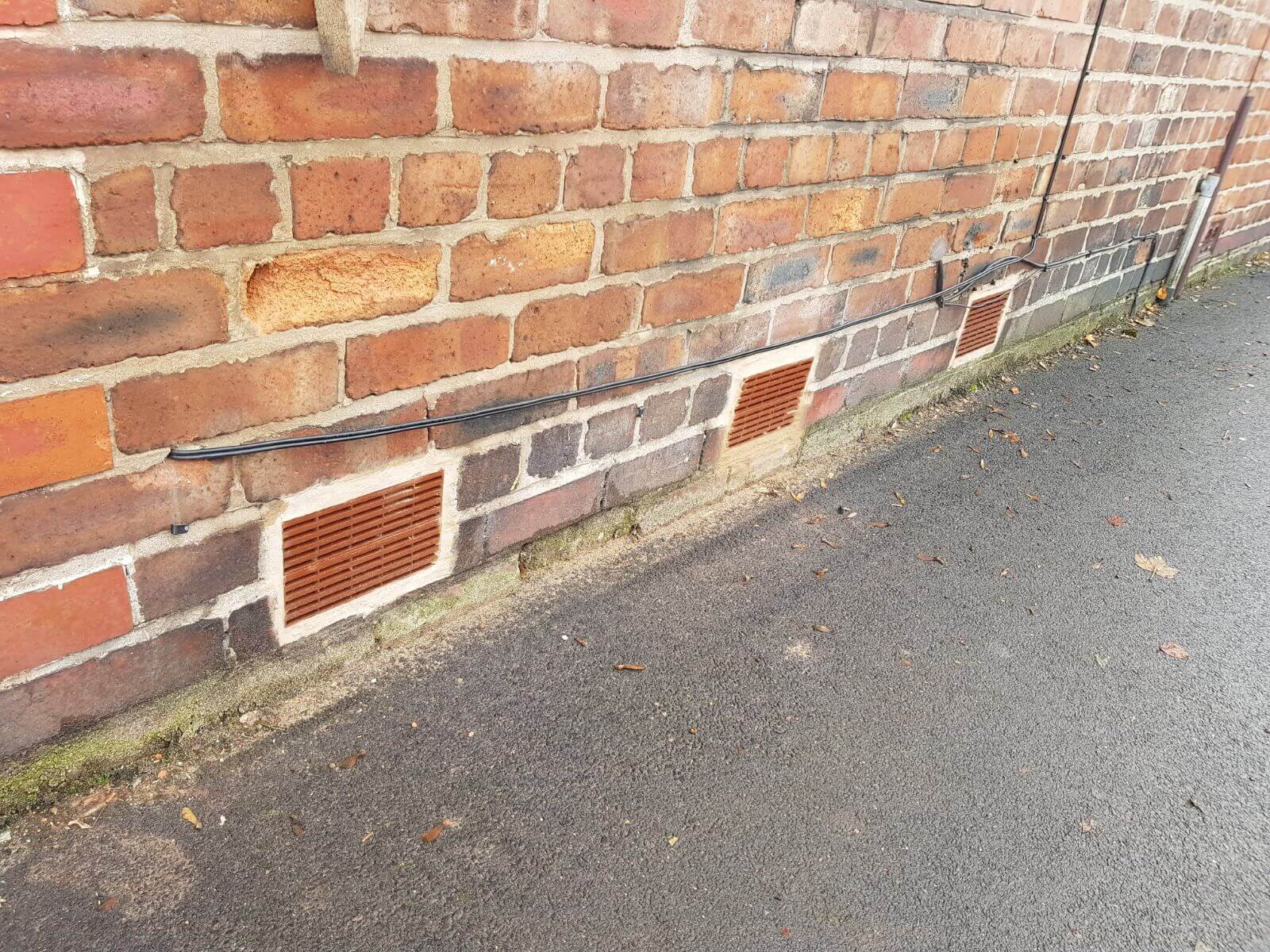



S Is For Sub Floor Ventilation And Condensation Atlantis Property Preservation



Floored By Progress Marlin Design




Will Lack Of Ventilation Rot My Timber Floors



Ground Floor Ventilation To Insulated Floor Retrofit Pattern Book



Building Guidelines Underfloor Ventilation Suspended Timber Floors



2
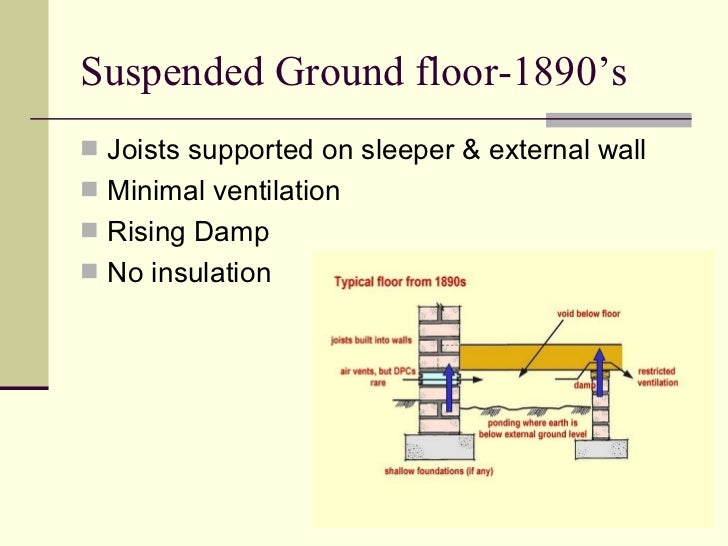



Types Of Ground Floors




Underfloor Thermal Insulation Of Suspended Timber Floors Craftedforli




Pdf Void Conditions And Potential For Mould Growth In Insulated And Uninsulated Suspended Timber Ground Floors Special Issue Paper Enthalpy Moisture And Ventilation Issues In Buildings In International Journal Of Building Pathology




Insulating Suspended Wooden Floors Wooden Flooring Underfloor Insulation Flooring




What Is A Suspended Timber Floor Discount Flooring Depot Blog



2




Ask The Expert Thermally Upgrading Suspended Floors Ecological Building Systems
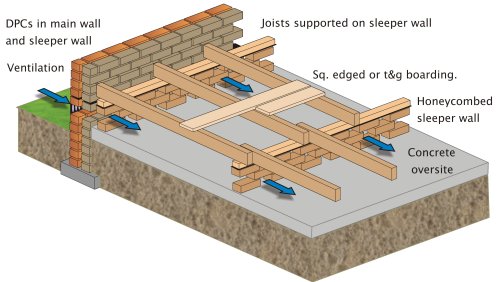



Evolution Of Building Elements




Suspended Timber Floor By Bpptech Issuu
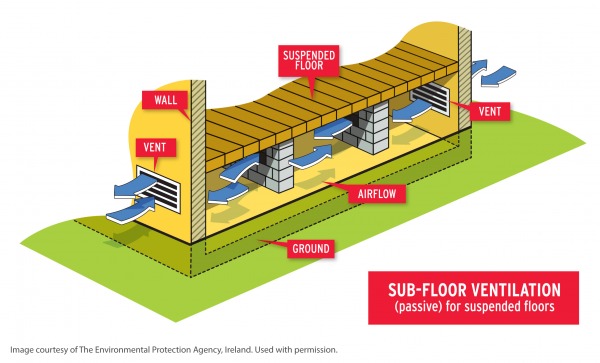



A Best Practice Approach To Insulating Suspended Timber Floors Ecological Building Systems




Insulation Of Historic Suspended Timber Floors Back To Earth




Underfloor Insulation Of Suspended Timber Floors Great Home



2




Suspended Timber Floor Surveys Welcome To Complete Preservations Blog



Suspended Timber Floor Insulation Icynene Spray Foam Insulation



2



2
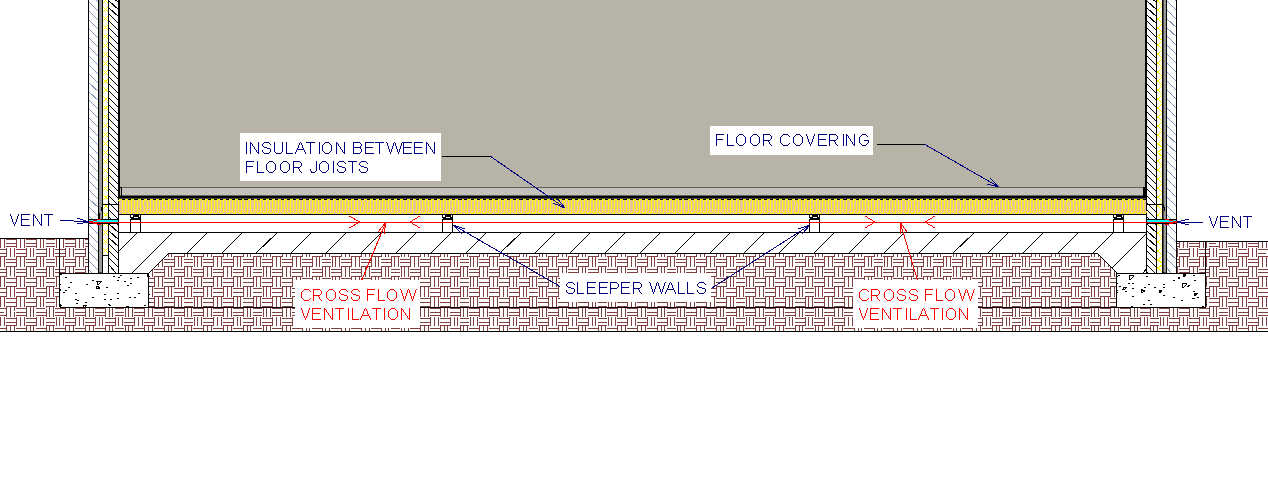



Ventilation In Floors Property Health Check



Rotten Suspended Floors Improving Sub Floor Ventilation Diynot Forums




Protecting Dwellings With Suspended Timber Floors A Bre Guide To Radon Remedial Measures In Existing Dwellings Br 270 Building Research Establishment Report Welsh P A Amazon Com Books




Suspended Ground Floors Flooring How To Level Ground Ground Floor



2



2
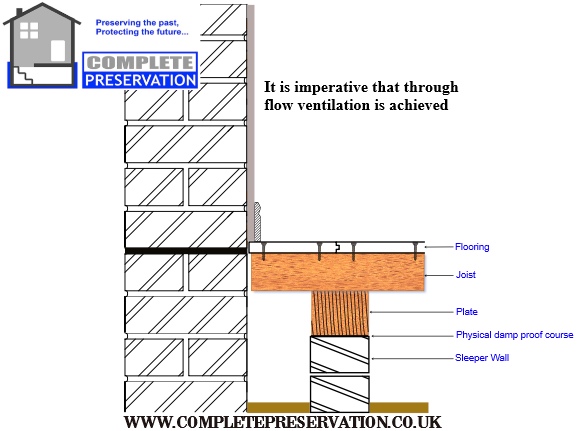



Complete Preservation Home




Fbe 03 Building Construction Science Lecture 3 Floor



Suspended Timber Floor Insulation



Rotten Suspended Floors Improving Sub Floor Ventilation Page 2 Diynot Forums




What Is Sub Floor Condensation Preservation Treatments



Ewi Perimeter Sub Floor Insulation With Controlled Ventilation Retrofit Pattern Book




Floor Insulation Centre For Sustainable Energy



What Can Happen When You Have No Sub Floor Ventilation Wessex Damp Timber



Self Build House Extension Kitchen Floor Structure




11 E T Tech Drawings Ideas Floor Insulation Timber Home Insulation




Eurima Suspended Timber Floors



2




How To Insulate Your Floor Kingspan Ireland




Insulating A Suspended Timber Floor From Underneath The Floor Great Home
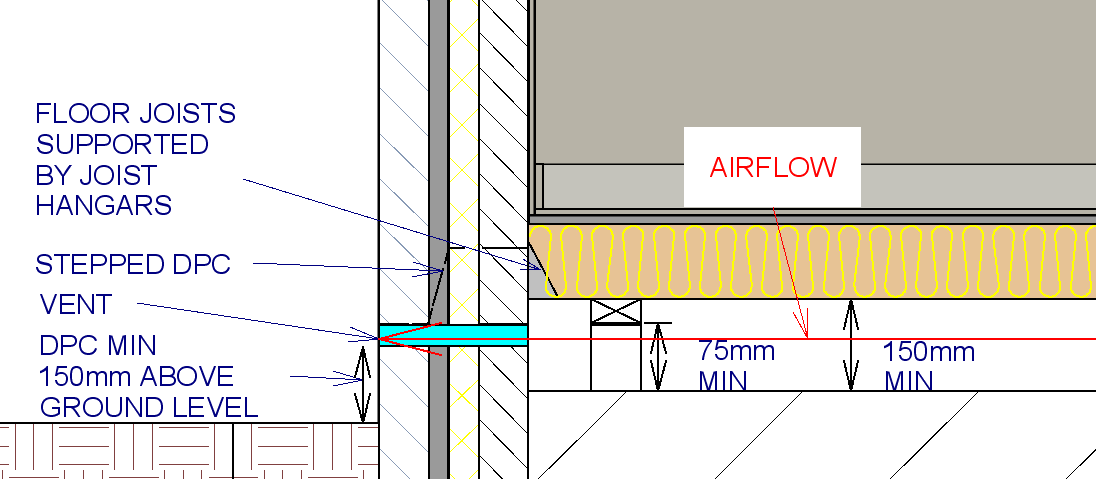



Ventilation In Floors Property Health Check



Replacing Suspended Timber Floor



2



Building Guidelines Underfloor Ventilation Suspended Timber Floors




Suspended Floors All You Need To Know Thermohouse




Concrete Vs Timber Floors



2




Building Standards Technical Handbook 19 Non Domestic Gov Scot



Floors Sans Building Regulations South Africa




Government Accredited Details Bre Group



Ground Floor Ventilation To Insulated Floor Retrofit Pattern Book



2
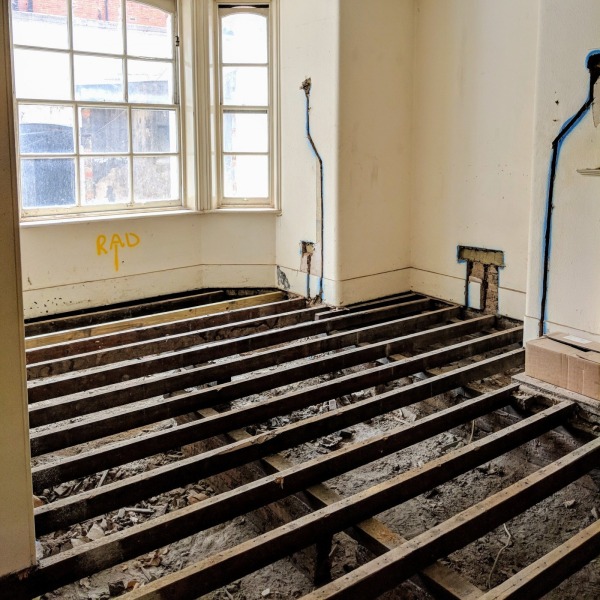



A Best Practice Approach To Insulating Suspended Timber Floors Ecological Building Systems




Step By Step Suspended Timber Floors Green Building Store




Air Bricks Everything You Need To Know About Brick Wall Vents




Floor Insulation Great Home



Building Guidelines Underfloor Ventilation Suspended Timber Floors




Heat Flow Variability Of Suspended Timber Ground Floors Implications For In Situ Heat Flux Measuring Sciencedirect



2
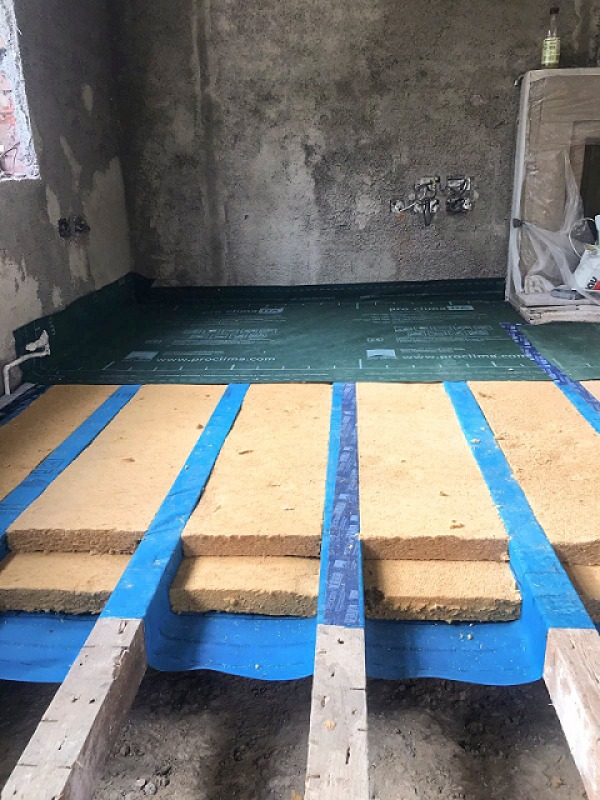



Ask The Expert Thermally Upgrading Suspended Floors Ecological Building Systems



0 件のコメント:
コメントを投稿